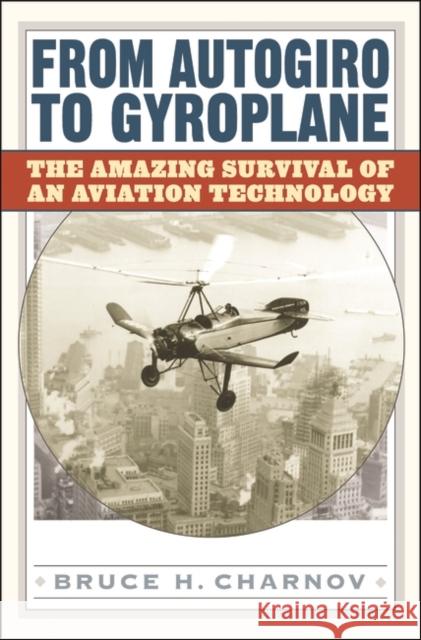From Autogiro to Gyroplane: The Amazing Survival of an Aviation Technology » książka
From Autogiro to Gyroplane: The Amazing Survival of an Aviation Technology
ISBN-13: 9781567205039 / Angielski / Twarda / 2003 / 416 str.
Predating the invention of the helicopter by two decades, the Autogiro was the world's first rotary-wing aircraft. The helicopter had the advantageous ability to rise straight up, while the Autogiro/gyroplane could only taxi. Yet the gyroplane was safer and more stable; both aircraft should have had value in market. Why did the helicopter survive and prosper, while the Autogiro became a nearly forgotten historical footnote? Why didn't the Autogiro catch on, and why is it being revived today?
This is the first book to tell the fascinating 80-year history of today's gyroplane and its antecedent, the Autogiro. Charnov explains that the near-eclipse of the Autogiro was caused by a potent combination of bad luck, the impact of the Great Depression and World War II, and egregious business decisions. Only by understanding the amazing manner in which this aviation technology has persisted and evolved can one fully understand the basis for its future. In contrast to the fate of the Autogiro, the gyroplane's unfolding story is characterized by successful business models, effective decision making, and the emergence of cutting-edge technology. The survival of the gyroplane may be a paradigm for the persistence of earlier, less complex technologies, and its future relies on grasping its colorful history.











